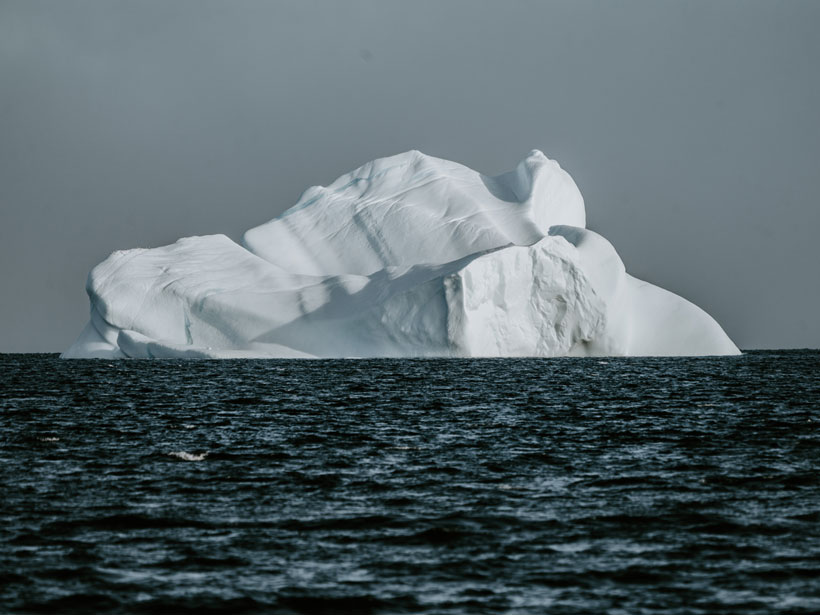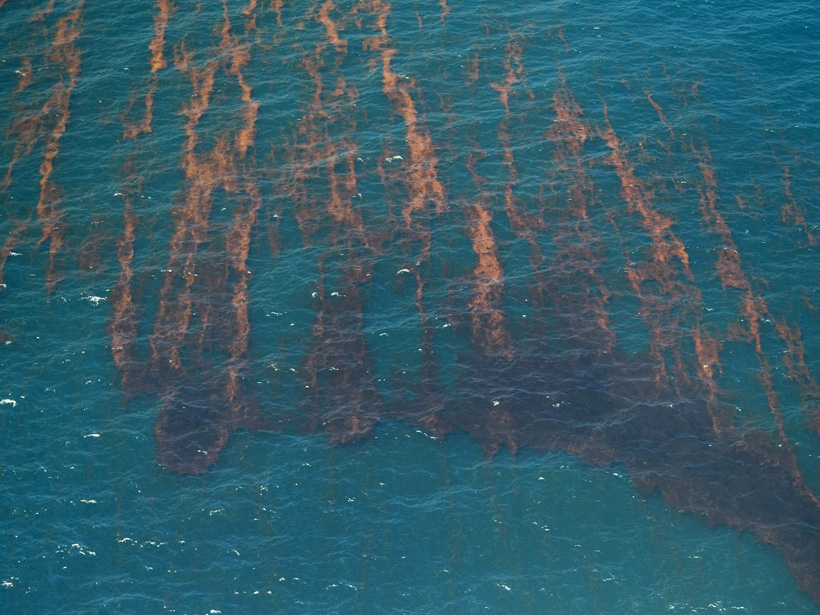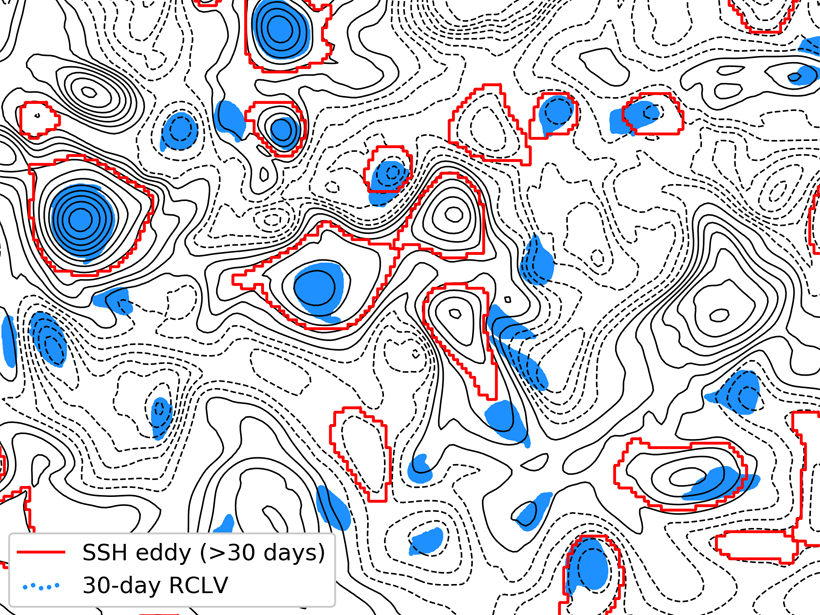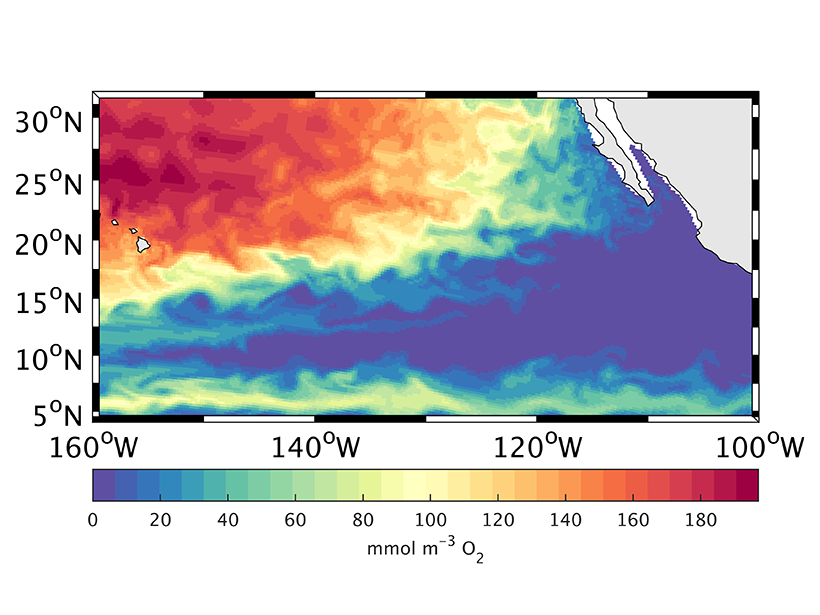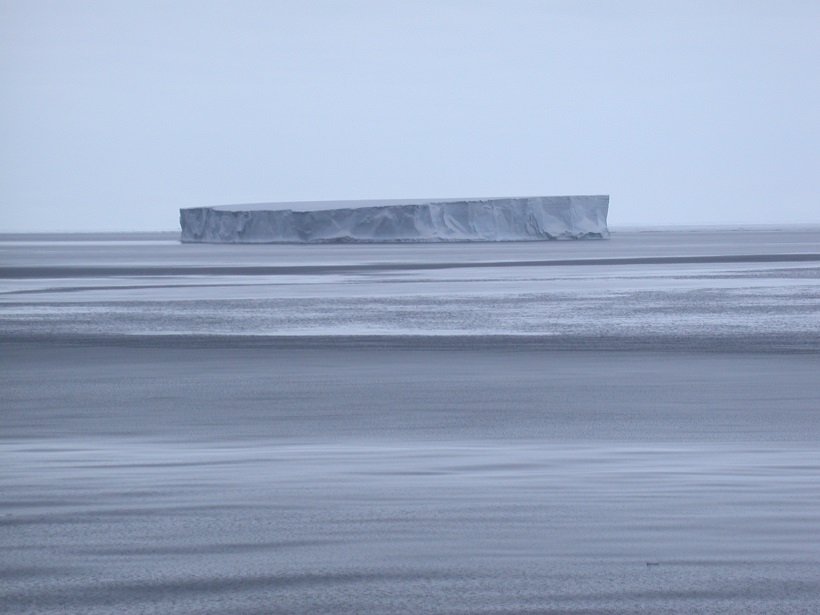Water masses formed off southeastern Greenland may contribute more than previously thought to the variability of the Atlantic Meridional Overturning Circulation, which strongly influences global climate.
currents
Climate Change Is Intensifying Arctic Ocean Currents
Melting ice means that strong Arctic winds create more energetic currents in the Beaufort Gyre.
Understanding Material Movement in the Ocean’s Upper Layer
Computer simulations are advancing our understanding of how natural and anthropogenic materials are transported around the upper layer of the ocean.
Different Eddy Transport for “Lazy” and “Athletic” Observers
Two specifications of fluid dynamics—taking measurements at a fixed point and following a fluid parcel—are compared for quantifying eddy transport in the ocean.
Submarine Rivers of Sediment
Turbidity currents move suspended sediment into the ocean. In general, the more sediment, the stronger the turbidity current, but one process may generate turbidity currents from very dilute rivers.
How Are Microplastics Transported to Polar Regions?
New modeling indicates that global subsurface ocean currents distribute submerged microplastics along very different routes than those traveled by floating plastic debris.
Volcanic Eruption Creates Temporary Islands of Pumice
Rafts of pumice, spewed from an undersea volcano, recently appeared in the South Pacific. These transient, movable islands are important toeholds for marine life like barnacles, coral, and macroalgae.
How the Ocean’s “Shadow Zone” Breathes
A new study uses Argo floats and an ocean circulation model to track the sources supplying pulses of oxygen to the deep North Pacific.
The Kuroshio Current: Artery of Life
The waters of the Kuroshio Current in the northwestern Pacific Ocean transport heat, salt, and organic and inorganic matter from south to north, shaping the ocean ecosystem.
Science in a Frozen Ocean
It’s notoriously difficult to access, but new technologies, international collaboration, regional models, and interdisciplinary approaches are improving understanding of the Weddell Gyre.


